
Side View of Temple Building with Red Sky Background

Balloon with Japanese Flag in the Sky

Sinking Russian Naval Boat

Red Explosion Motif and Silver Lines

Rising Sun, Cherry Blossoms, and Eagle

Danger Off Port Arthur

The Fall of the Variag

Letter from the Front

Nurse and Soldiers

Nurse Looking Over a Wounded Soldier

School Girls' Banzai

News Runners Rushing in with the Latest

Newspaper Man Rushing in the Latest

Newboys in Fight

Newsboy Selling Extras

Crowds Gathering to Read the News (by Hashimoto Kunisuke)

Children Holding Japanese and Russian Flags

Sailor
-
"The Russo-Japanese War coincided with the emergence of picture postcards as a global phenomenon. Photographers, artists, illustrators, flat-out propagandists—all suddenly possessed, in these engaging little mass-produced graphics, a new vehicle for reaching a huge popular audience.
International postal conventions made it possible to circulate these images globally. Collecting postcards became a modest way to become cosmopolitan without much expense, and the war between Japan and Russia provided the first dramatic international spectacle for postcard manufacturers to focus on in common. Admiral Tōgō’s surprise attack triggered a postcard boom—not just in Japan but around the world.
This new mode of expression attracted many of the nation’s talented artists, including some who were or would become well known. The postcards themselves became ephemeral little works of art as well as little gems of propaganda.
This makes Japanese postcards of the Russo-Japanese War interesting in their own right, but this is just the half of it. Because Russia was also producing postcards of the war, and not only Russia but also France, England, Germany, Italy, and the United States, the great “war in the Far East” of 1904-1905 is the first modern war we can revisit, in a compact and manageable way, from a truly multi-national perspective.
We can literally “see,” through thousands of fixed-format images (postcards have remained the same size to the present day), what people throughout the world were being offered as a mirror to the war and all that it portended." -John W. Dower, MIT's Visualizing Cultures [link]
-
all of these come from MIT's beautiful Visualizing Cultures collections [link]
also see the accompanying collection Yellow Promise / Yellow Peril, a collection of foreign postcards from the war [link]
another related collection of woodblock prints from the war [link]
an essay by John W. Dower about the war and these postcards (with more postcards) [link]
for more information and resources on the war visit the impressive Russo-Japanese War Research Society website [link]
LOC's Russian-Japanese Relations in the Far East [link]
Strange Maps Russo-Japanese War Cartoons post [link]
About Postcards post Russo-Japanese War Military Propaganda Postcard [link]





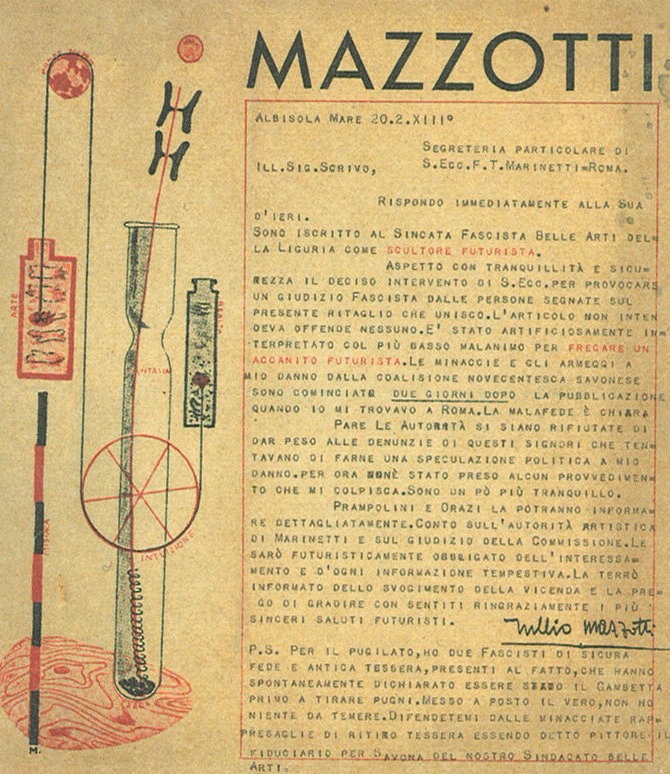
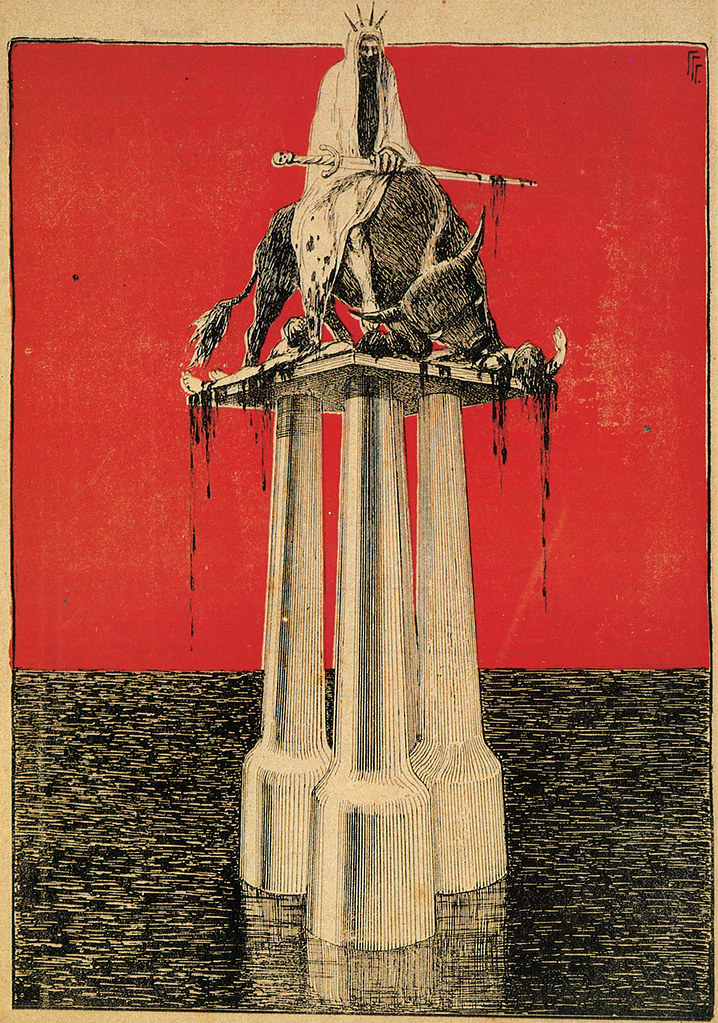



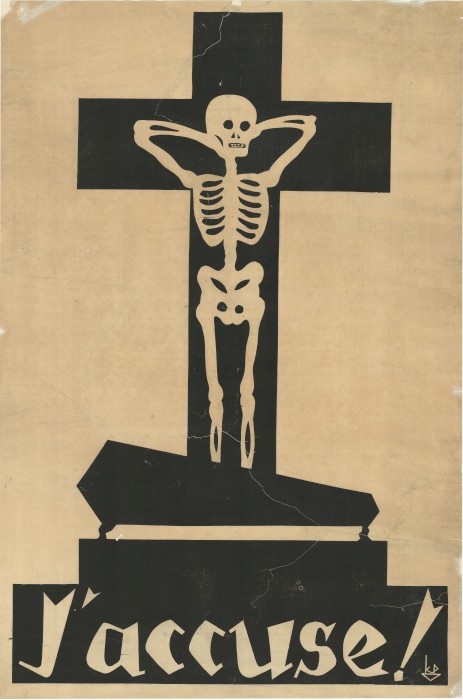
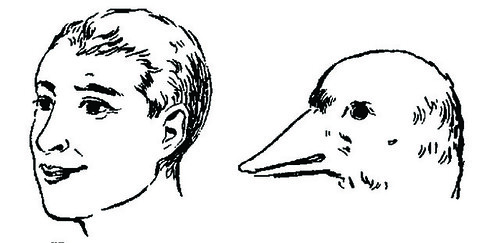



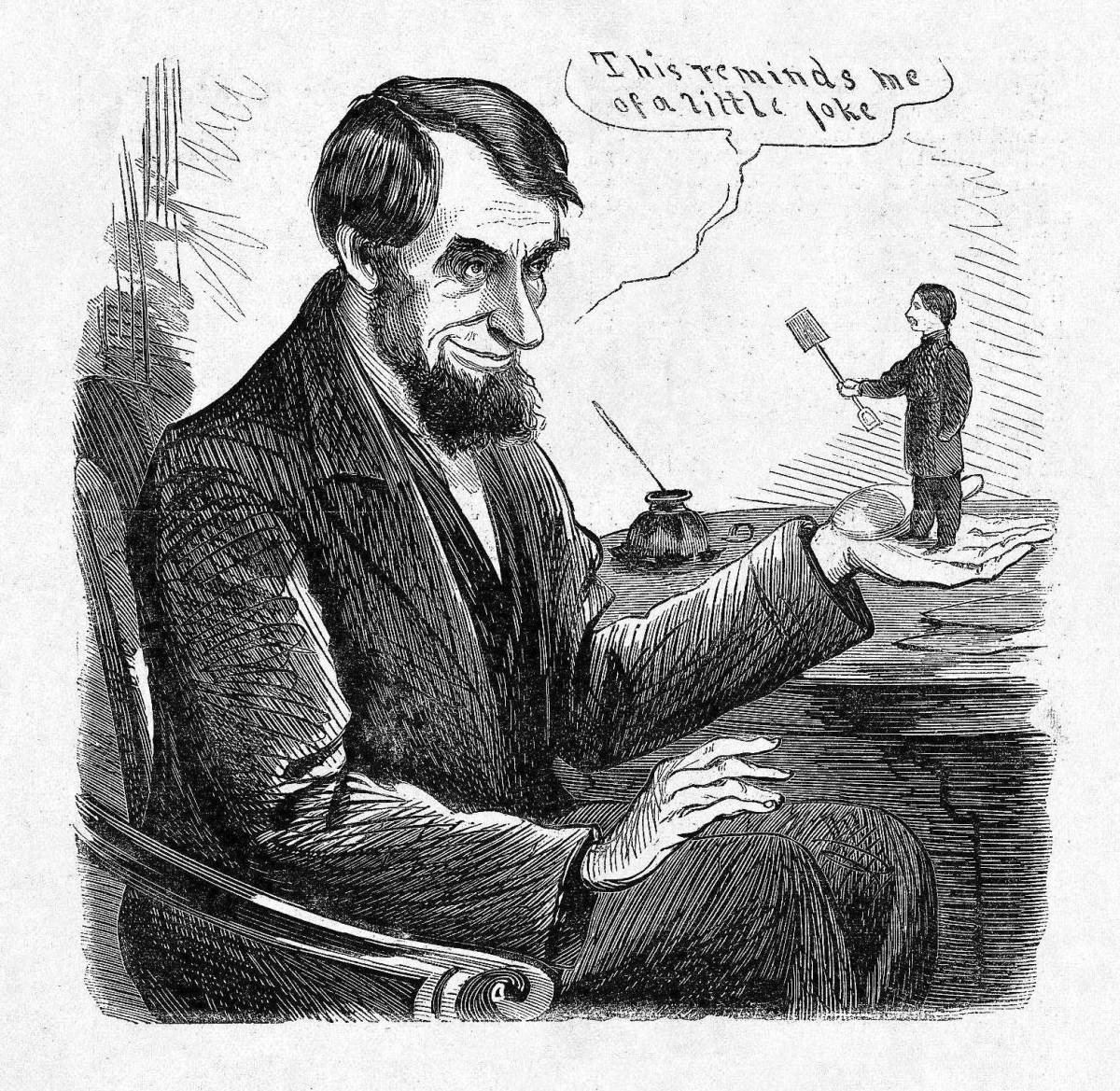

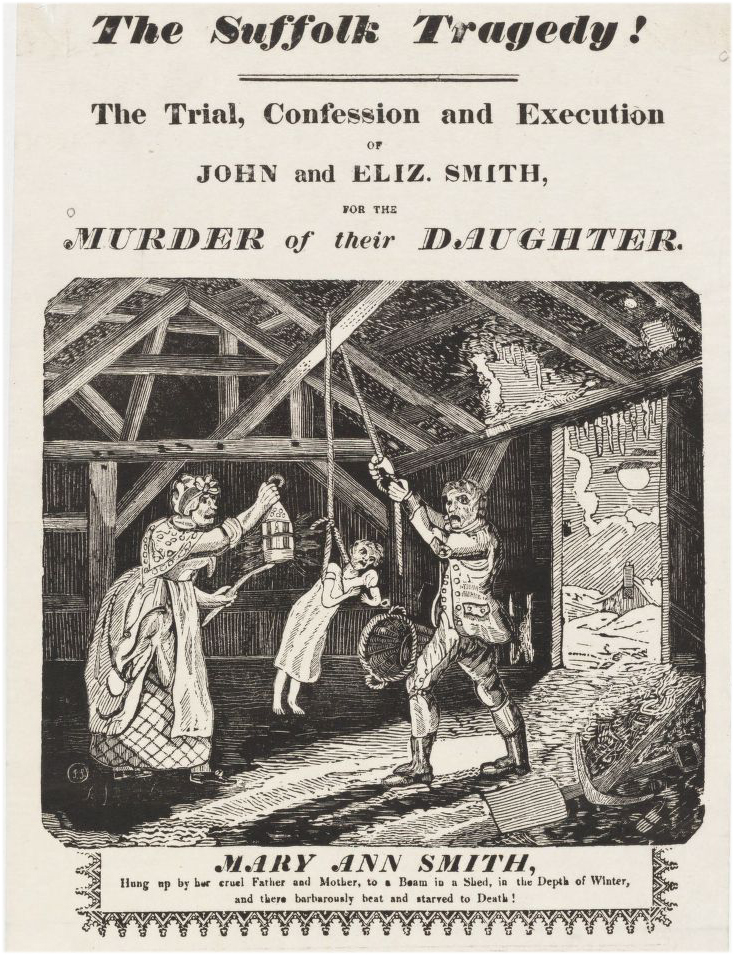
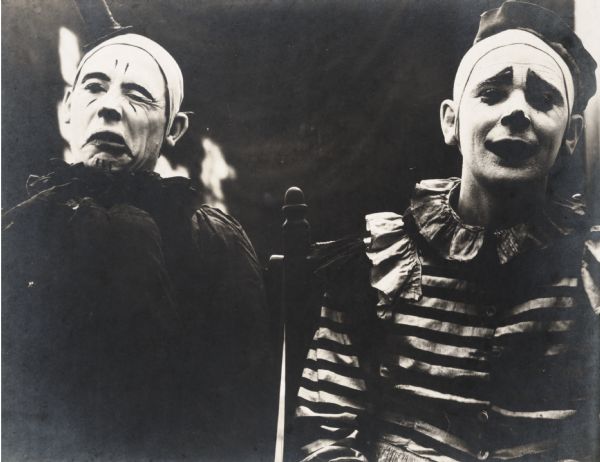
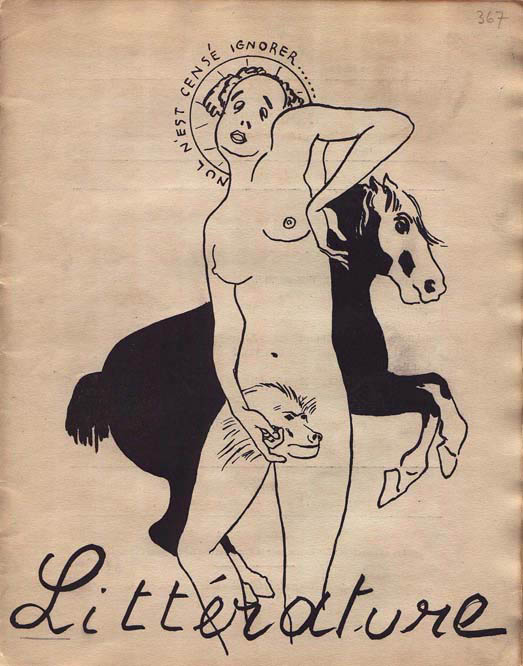



10 comments:
They are amazing. So beautiful.
I am particularly drawn to the very stylized almost abstract images of the first 6. The one of the mines is shockingly contemporary. Beautiful..
thank you both for the kind comments - it always feels good to get comments.
the other collections on the MIT site are amazing too. if you have some time then i highly recommend a visit - the images, words and even interface are all fantastic...one of the best digital collection sites that i've been to.
@Mr. Bluehaunt - those are the ones that impressed me the most too. i was surprised when i came across them, they are beautifully modern, the way they use space and pattern. there are a few more from that section (the "Avant-Garde Postcards") that i wanted to post, but didnt.
Wow, SO good - as per usual! :) I can't wait to dig deeper in those collections... thanks!
aqua-velvet just posted some beautiful japanese postcards from the Boston Museum of Fine Art
Hi Joel,
Thank you for paying my blog a visit! You have presented an amazing collection here. And I really enjoyed reading the accompanying information re: the context of the Russo-Japanese War, etc.
Super content on your blog... very glad to cross paths. Now off to explore further! :)
Have a fantastic weekend!
-Amy
Your blog is a wonderful discovery, thank you. I entered thru a Twitter recommendation RT by the prolific @PD_Smith linking to the Ghanaian film posters, and being both a designer, writer and a student of Korea and Japan, keyed in on these postcards. The MIT site is amazing, in particular the visual PC sequence: Commemorating a Great Battle. It's no small feat to collect these images and post them. Thanks for it. I'll be back!
looked at this post briefly when it first went up, but only had time now to come back and pore over it carefully... so outrageously beautiful. fantastic find (as usual). thanks.
How did the Russo-japanese war foretell the fate of Russia in WW1?
malpais beach costa rica
I have my grandfather's medal from the Russo-Japanese War. Would you like to show that on this site?
http://xsnerg-accidentalanarchist.blogspot.com/
Post a Comment